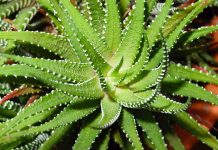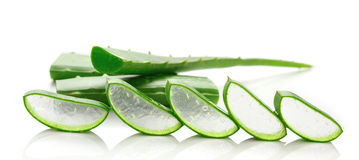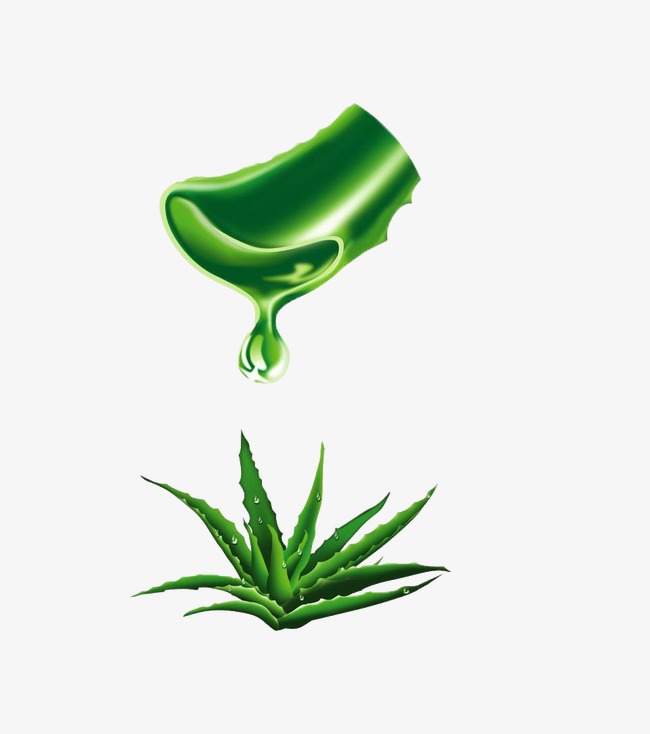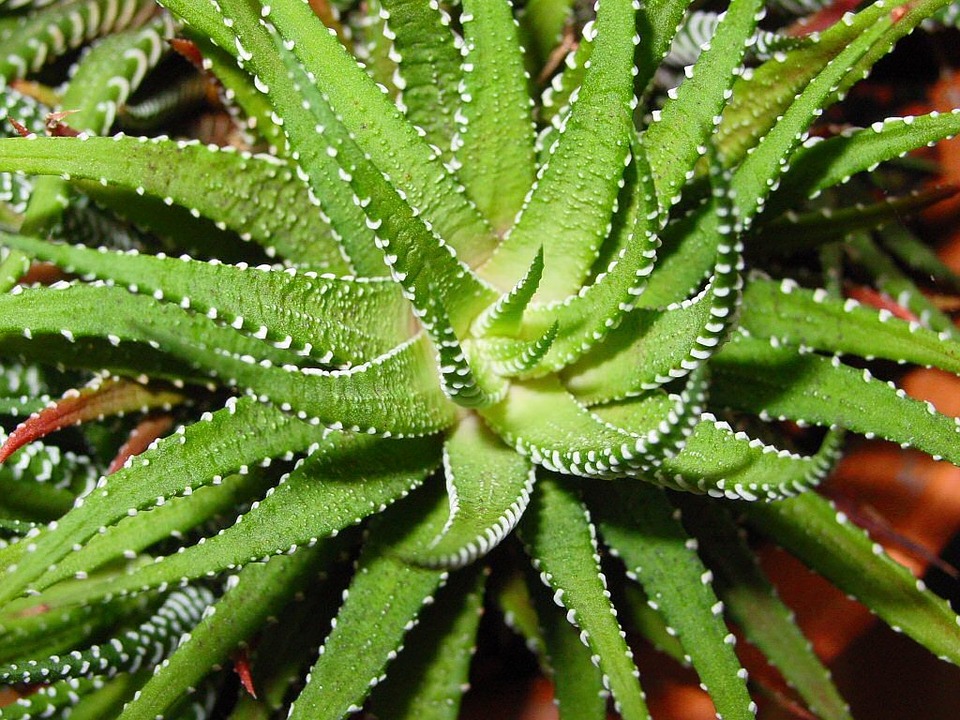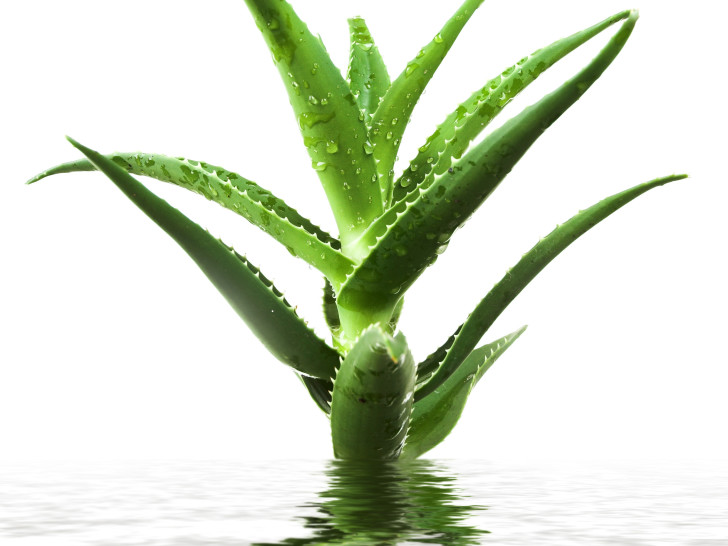 Aloe vera is characterized by fleshy, succulent leaves and a serrated edge. From the center of the plant develops a flower with a tubular shape, with long stems, predominantly red in color. From the leaves of the aloe vera it is possible to obtain two types of extracts: condensed juice and gel. Used as therapeutic substances, they possess different chemical constituents, indications and drug interactions.
Aloe vera is characterized by fleshy, succulent leaves and a serrated edge. From the center of the plant develops a flower with a tubular shape, with long stems, predominantly red in color. From the leaves of the aloe vera it is possible to obtain two types of extracts: condensed juice and gel. Used as therapeutic substances, they possess different chemical constituents, indications and drug interactions.
Aloe juice is laxative and purifying. The condensed juice is mainly obtained from the external tubules, located below the epidermis of the leaf. Having laxative properties, aloe is used against atonic constipation (with hard stools). You take a tablespoon of juice away from meals for short periods. The same dosology is also indicated for those who want to obtain a purifying effect on the whole organism.
The gel regenerates the skin. The fresh gel enclosed in the fleshy leaves of the aloe has a regenerating effect on the tissues. Topical use of aloe gel is particularly effective in the following cases:
Inflammations and dermatitis: aloe has a powerful anti-pain and anti-inflammatory effect. The chemical composition of the aloe inhibits the production of neurotransmitters produced locally from damaged tissues, which cause pain and redness of skin inflammations. The gel of this plant is also suitable in the case of bacterial dermatitis due to its antibacterial properties.
Excoriations and wounds: aloe stimulates and accelerates the regeneration of damaged tissue cells, thus promoting cicatrization.
Solar erythemas and mild burns: the soothing and refreshing effect of the aloe gives relief to sunburn and stimulates skin renewal.
Aloe has a shielding action against UV rays, improves microcirculation and is an excellent ingredient for anti-aging cosmetics. This is why it is considered an important natural and phytotherapeutic remedy. It is used by applying a thin layer on the affected areas and by absorbing with a gentle massage. If applied on wounds, the damaged point is covered with sterile gauze and not massaged. Moreover, among the polysaccharides, the Acemannan, has been found to have immunomodulatory properties, that is able to regulate the immune responses to infectious or sensitizing agents, as in the case of allergies or autoimmune diseases. These active ingredients make the plant an excellent remedy to increase the activity of macrophages (phagocytes) against toxins and tumors.
This action, directed at the immune system, helps protect the body from viral infections, in case of colds, fever, bronchitis, Herpes, recurrence infections. The intake of aloe juice has proved to be very useful in cases of patients suffering from H.I.V. and leukemia, for its ability to restore the balance of T and B lymphocytes. The steroid is attributed the anti-inflammatory property, similar to that exercised by steroid-based synthetic drugs, frequently used in rheumatological diseases of autoimmune origin, but without all the toxic side effects of the chemical molecules in question. For this reason it is helpful in osteoarticular problems, such as arthritis, rheumatism and joint pain.
Text by Shelly Micheletto





















